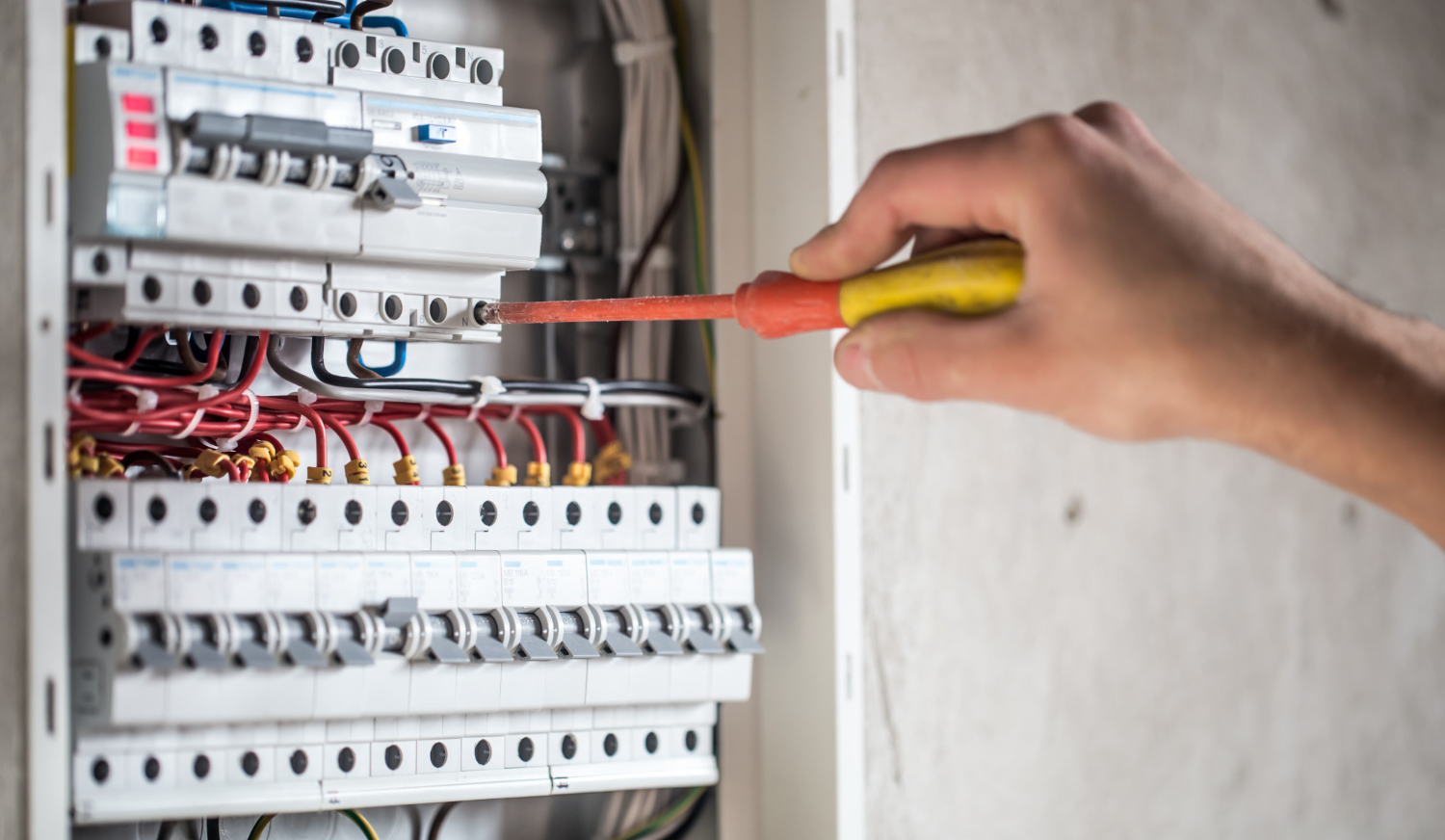
Home electrical problems can be both frustrating and dangerous if not handled properly. Whether it’s flickering lights, faulty outlets, or tripping circuit breakers, these issues can disrupt your daily life and pose safety risks. Understanding how to fix common electrical problems can save you time and money, and give you peace of mind knowing that your home is safe.
Understanding Electrical System Basics
Understanding the basics of your home’s electrical system is the first step to tackling any electrical problems. Your home’s electrical system consists of several components, including the electrical panel, outlets, switches, and wiring. Knowing how these elements work together helps you identify issues and address them safely.
The electrical panel, often called the breaker box, is the heart of your home’s electrical system. It distributes electricity from the main power line to different circuits throughout your house. Each circuit is protected by a circuit breaker, which shuts off power when it detects an overload or short circuit. Familiarize yourself with the location of your electrical panel and how to reset breakers.
Outlets and switches are the most accessible parts of your electrical system. Outlets receive electrical connections for devices, while switches control the flow of electricity to light fixtures and other appliances. Regularly check these components for signs of wear or damage, such as discoloration, buzzing sounds, or loose connections.
Wiring is another critical element. It carries electricity from the panel to outlets and appliances. Different types of wiring are used for various purposes, and knowing the basic differences can help you identify potential issues. For example, older homes might have outdated aluminum wiring, which poses a higher risk of overheating compared to modern copper wiring.
Identifying and Fixing Common Electrical Problems
Identifying and fixing common electrical problems can prevent bigger issues and keep your home safe. Below are some common issues and how to solve them:
1. Flickering Lights: Flickering lights often indicate a loose connection or a faulty bulb. First, check if the bulb is screwed in tightly. If the issue persists, the problem might be in the switch or wiring. Turn off the power and inspect the connections to ensure they’re secure.
2. Tripping Circuit Breakers: If your circuit breaker trips frequently, it might be due to an overloaded circuit or a short circuit. Identify which appliances are on the circuit and try unplugging some to reduce the load. If the breaker continues to trip, it could indicate a more serious wiring issue that requires professional attention.
3. Faulty Outlets: Dead outlets or those that spark when plugging in devices can be dangerous. First, ensure the circuit breaker hasn’t tripped. If the outlet remains dead, turn off the power and inspect the wiring for any loose connections. Replace any damaged outlets or consult with an electrician if you’re unsure.
4. Light Switches Not Working: If a light switch isn’t working, it could be due to a worn-out switch or a problem with the wiring. Turn off the power and remove the switch plate to inspect the connections. Replace the switch if it looks damaged or worn.
By addressing these common problems, you can maintain a safer home environment. Always remember to follow safety precautions when working with electricity, and don’t hesitate to seek professional help for complex issues.
Safety Tips for DIY Electrical Repairs
When tackling electrical repairs yourself, safety should be your top priority. Electricity can be extremely dangerous if not handled correctly, so following safety guidelines is essential to prevent injury and damage.
1. Turn Off the Power: Always turn off the power at the circuit breaker before starting any electrical work. Double-check the power is off by using a voltage tester on the circuit you’ll be working on.
2. Use Proper Tools: Ensure you have the right tools for the job. Insulated tools are designed to reduce the risk of electrical shock and are essential for any DIY electrical project.
3. Wear Protective Gear: Wear rubber-soled shoes and safety glasses to protect yourself from electric shocks and flying debris. Avoid working in wet or damp conditions, as water is a good conductor of electricity.
4. Follow Wiring Standards: Stick to standard color codes for wiring (black or red for hot wires, white for neutral, and green or bare for ground). Incorrect wiring can lead to dangerous situations.
5. Consult Manuals and Guides: Use reputable sources when researching how to do specific repairs. Instruction manuals, online tutorials, and guides from trusted organizations can provide valuable information.
Following these safety tips helps minimize the risk when performing electrical repairs. If you feel unsure about any aspect of the repair, it’s best to consult with a professional to ensure your safety and compliance with local electrical codes.
When to Call a Professional Electrician
Knowing when to call a professional electrician can save you from dangerous situations and costly mistakes. While some minor electrical repairs can be done by a knowledgeable homeowner, other issues require the expertise of a licensed electrician.
1. Frequent Circuit Breaker Trips: If your circuit breaker trips often, even after reducing the load on the circuit, it might indicate a more severe electrical issue. Professional electricians are trained to diagnose and fix such problems.
2. Sparking or Hot Outlets: Outlets that spark or feel hot to the touch are serious concerns. These symptoms indicate potential wiring issues that could lead to electrical fires. Contact an electrician immediately if you notice these signs.
3. Flickering Lights in Multiple Areas: If lights flicker in different parts of your home, it may suggest a problem with the main electrical panel or wiring. A professional electrician can inspect and repair these systems safely.
4. Burning Smell or Scorch Marks: If you detect a burning smell or see scorch marks around outlets or switches, this signifies an urgent problem. Turn off the power to the affected area and call an electrician right away.
5. Complex Installations: Tasks such as adding new circuits, upgrading the electrical panel, or installing complex lighting require professional skills and knowledge. Attempting these jobs without proper training can be dangerous.
By recognizing when professional help is needed, you ensure that electrical repairs are done safely and correctly. Trusting a licensed electrician for complex or dangerous repairs protects your home and your family.
Conclusion
Maintaining your home’s electrical system is key to ensuring a safe and functional living environment. From understanding the basics of your electrical system to identifying and fixing common problems, taking these steps can prevent minor issues from becoming major headaches. Always prioritize safety when dealing with electrical repairs and know when it’s time to call in a professional.
By following these guidelines, you can make informed decisions about handling electrical issues in your home. Whether you’re fixing a simple problem or tackling a more complicated repair, being knowledgeable and cautious can make all the difference.
For those times when you need expert assistance, Turner OnServices is here to help. Our team of experienced electricians in Milford is dedicated to providing reliable and safe electrical services. Contact us today to schedule an appointment and ensure your home’s electrical system is in top shape.


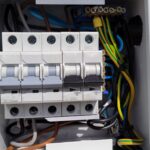

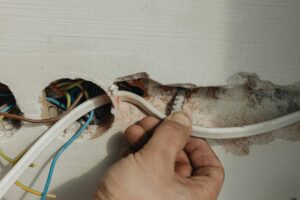
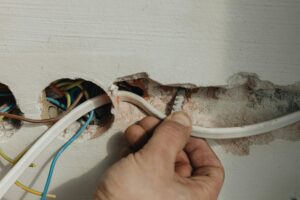
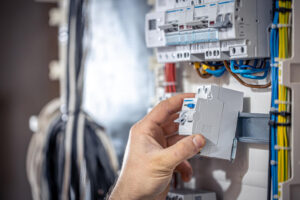
No comment yet, add your voice below!